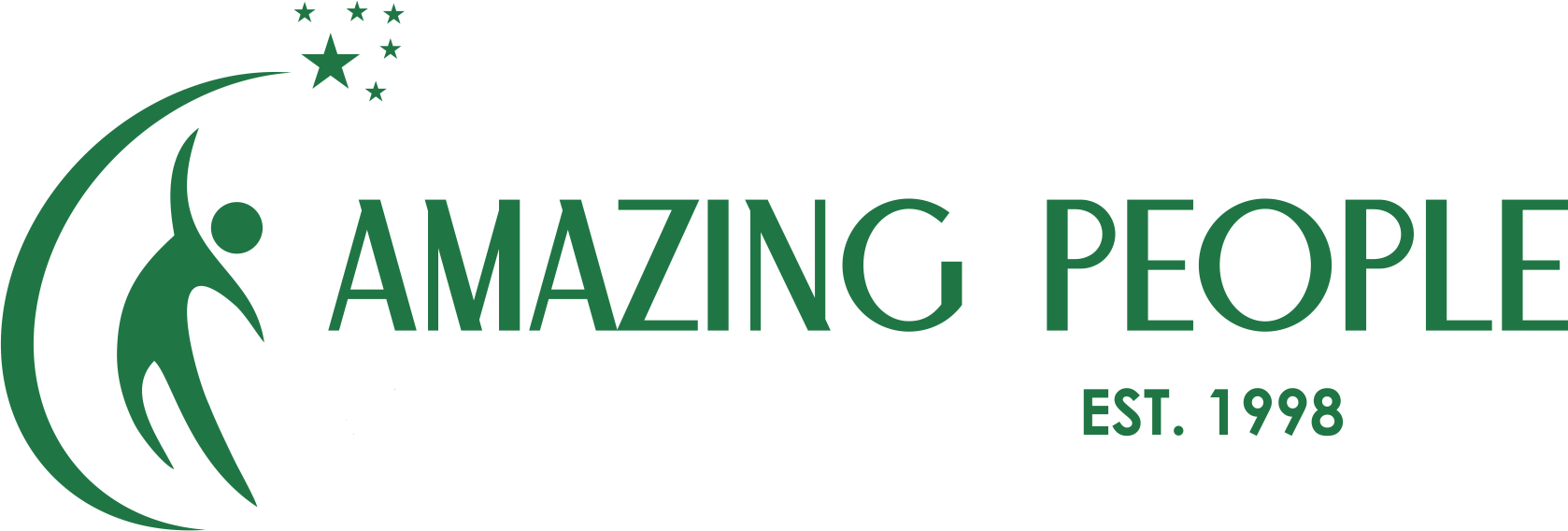Reviewing some of the academic papers I downloaded around the method I used for my independent research I came across one that looked at the burnout amongst private practitioner psychotherapists. I can relate, I was an inhouse counsellor back in the 1980s, still in my 20s we didn’t have supervision and the weight of taking on other people’s problems lead me to move on to train as an occupational psychologist, initially with a strong interest in stress.
The paper I’m reading – At What Cost am I Doing This – An interpretative phenomenological analysis of the experience of burnout among private practitioner psychotherapists, is focused on interviews with eight psychotherapists working in private practice. Self-employment can be seen as a way of dealing with a stressful environment, with more control over the work done but there are also challenges such as financial insecurity, social isolation, and a lack of support.
Burnout can be done to the work setting, with a high workload, lack of support and the nature of the work. It can also be own to personality with excessively high or low levels of conscientiousness, lack of work life balance and unrealistic self-expectations.
In this article eight psychotherapists were interviewed and the interviews were analysed to pull out three key themes
Theme 1 – A professional identity crisis – “maybe I just don’t have what it takes?”
People were harshly self-critical and feared sharing their vulnerability in supervision. They wanted to maintain their image of an effective professional.
Theme 2- the embodiment of burnout “constantly running on red”
This is around having a lack of energy and feelings of exhaustion and fatigue. Feeling depressed and not appreciating it is burnout. They kept pushing themselves, feeling they ought to be able to work effectively and cope with anything. This could lead to physical symptoms that are seen as more acceptable than burnout. It led to a time out for people to focus on self-care and appreciate the situation and to focus on dealing with the burnout.
Theme 3 – the process of rebalancing – “Being real”
All the interviewees remained in private practice. They made changes, for example to cut down on the range of work they did, found a more effective supervisor, and changed their inner dialogue to a more compassionate friend.
The research identified some recommendations that could also be useful for you if you can identify with feelings of burnout
- Use reflective practice and noticed if you are being overly self-critical
- understand more about the profiles of burnout and how to respond
- prioritise physical wellness as part of the role of being in this type of role
- Supervisors should enable their supervisees to be open to their vulnerability and to recognise the signs of burnout
I hope this article is helpful and if it resonates, talk with your supervisor, or get in touch with me.
Access the full article here:
Image by Ulrike Mai from Pixabay





